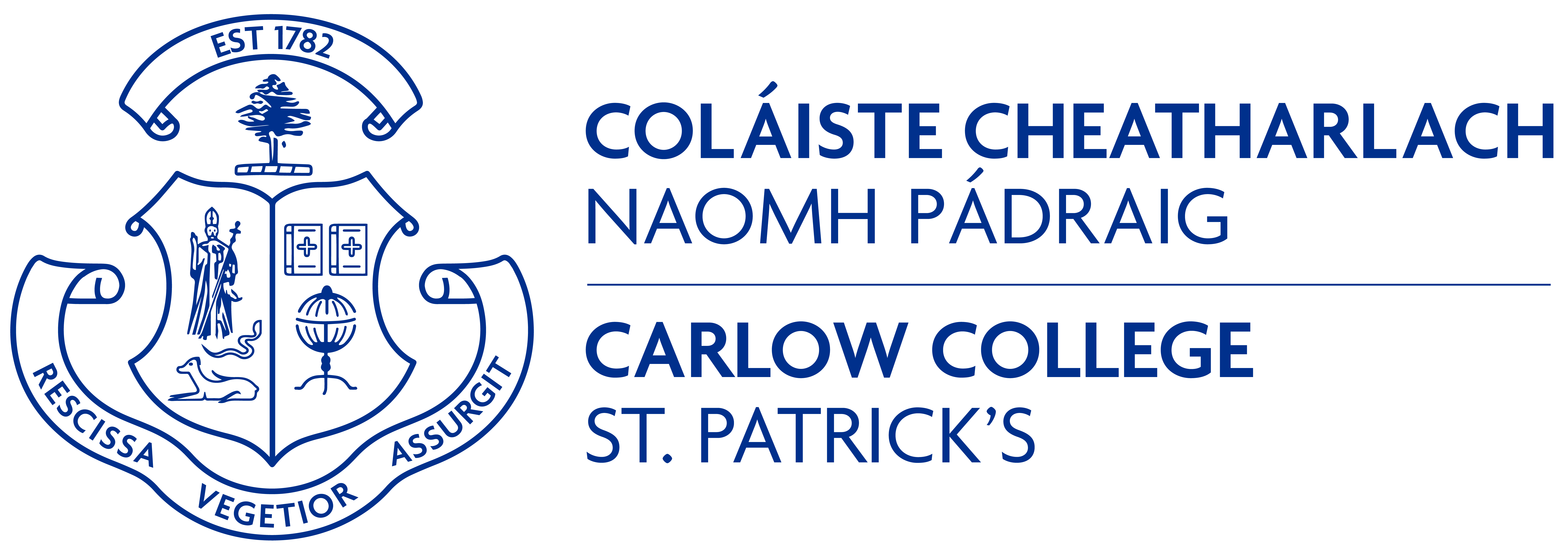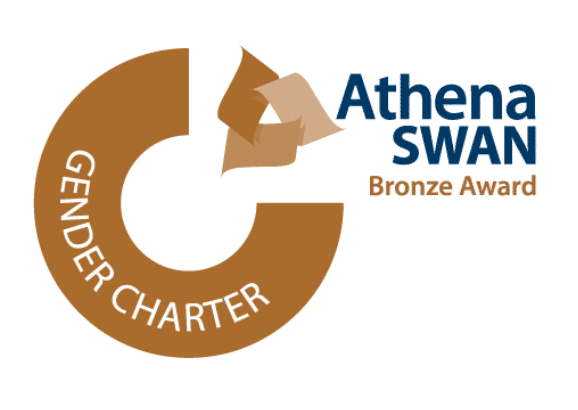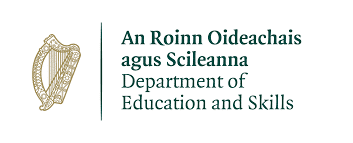Electioneering and Propaganda in Ireland, 1917-21, Votes, Violence and Victory by Elaine Callinan.
The first question I am often asked is why did I choose to research and write on the topic of elections and propaganda from 1917 to 1921. The initial motivation for exploring electoral propaganda (or public relations as it might be called in modern parlance) came from my many years of employment in the marketing, advertising and public relations sector, particularly in Wilson Hartnell Public Relations. Motivation was also inspired by my undergraduate Arts and Humanities studies in history in Carlow College, St. Patrick’s and in Trinity College Dublin. The book is a marriage of public relations and history with the aim of examining if ideas and mass media messaging in the electoral contests in Ireland changed the mindset of ordinary people in the years before partition.
I also have an interest in all things political, and for that reason I was curious to probe whether the military happenings in Ireland were the full story in altering the political allegiance of Irish people in the early twentieth century. By the late 1800s the literary revival, Gaelic League, and the GAA had impacted heavily on the Irish population – the latter two had outreached into every parish across the island. This re-introduced the Irish language, history and Irish sport to ordinary people and with the literary revival’s poetry, plays and theatre a sense of ‘Irishness’ was redefined. Yet, politically the battle was for home rule and leading the charge was the Irish Parliamentary Party. Home rule held centre-stage and was supported by the Irish population (and challenged by some southern and many Ulster Unionists) until about mid-way through the Great War. At a monster rally in O’Connell Street on 31 March 1912 to support the home rule bill John Redmond proclaimed ‘Trust the old party and Home Rule next year’. Next to speak was Eoin MacNeill who advocated for a government the Irish themselves were in charge of. He was followed by Patrick Pearse (who spoke in Irish) saying, ‘We have no wish to destroy the British, we only want our freedom. We differ among ourselves on small points … Let us unite and win a good Act from the British: I think it can be done’. The Unionist anti-home rule battle instigated the formation of the Ulster Volunteer Force and in retaliation Nationalists in the three southern provinces created the Irish Volunteer Force, and both set out to procure guns and ammunition and they successfully armed themselves by 1914. Ireland was now on the brink of civil war – one side to defeat home rule and the other side to defend it. Home rule was placed on the statute book in 1914, but it was suspended for the duration of the war. Events in Europe overtook the domestic crisis – no one then had any idea that the expected short war would last until 1918.
The history books and primary source evidence tell us what happened next on this island. Voluntary war-time recruitment saw 210,000 Irishmen enlist to serve (from Ireland alone) and approximately 35,000 lost their lives in the theatres of war on the Western Front and in far off places like Gallipoli. The Irish Volunteers had split into those who supported Redmond’s call to war and those who did not. The latter, in the middle of the Great War, in 1916, staged an uprising in Dublin city (and in Ashbourne, Co. Meath and areas of Counties Galway and Wexford) in an attempt to end British rule in Ireland. It was organised by a Military Council of seven men and began on Easter Monday 24 April 1916 and lasted for six days. It is claimed that the Rising and its aftermath was the moment in Irish history that began a regeneration of separatist sentiments and aspirations among the population of Ireland. It is the ‘aftermath’ that motivated the question – was it just the military happenings or was there political changes afoot too?
Just four years after 10,000 people had gathered in O’Connell Street for that home rule rally, Pearse read the Proclamation of the Irish Republic from outside the GPO on the same street. By the end of 1918 in the post-war general election the political party that had brought home rule to the table suffered a cataclysmic defeat and a new political movement called Sinn Féin gained power. What had changed the minds of many ordinary men and women in Ireland to cease their political support for the old party – that had battled for home rule since the time of Charles Stewart Parnell – and give it to a new and unknown political entity within the space of six years?
The subsequent executions and widespread arrests after the 1916 Rising did, no doubt, fuel anger amongst ordinary people, but was it enough to instigate such widespread change? Did the legacy and impact of the Great War and the Easter Rising become imbedded in the content of the propaganda of all parties in subsequent electoral contests? Did the high ideologies of home rule, union and republic convince voters to maintain or switch allegiance? Were issues of local concern overtaken by these loftier ideals or did the propaganda of political parties on the everyday issues of housing, pensions and taxation also convince? Were there other changes in the later war years that instigated conversion?
The answer to these questions and many more is in Electioneering and Propaganda in Ireland, 1917-21, Votes, Violence and Victory. The answer to last question is that there were many upheavals and reforms. The Representation of the People Act 1918 increased the electorate substantially by granting the vote to all men over the age of twenty-one and to propertied women over the age of thirty. The effect of these changes was to triple the electorate in Ireland from 700,000 to nearly two million, and women took their new voting powers seriously and turned up in large numbers on polling day. By 1920 the First-Past-the-Post method of voting was replaced by Proportional Representation-Single Transferable Vote. The Sinn Féin party, established by Arthur Griffith in 1905, had evolved from a small monarchical party into one that advocated for complete separation from Westminster. Therefore, the 1918 election was unique by any measure as now there was a competitive party system instead of the ‘undemocratic and single-issue character’ of past Irish nationalist politics, and in the fray also was unionism and labour. Compelling propaganda that was fraught with controversy was unleashed by all political interests on the voting public that aimed to alter attitudes and reinforce entrenched beliefs. The local government elections two years later saw political interests (in which now Labour candidates contested) battle to secure constituencies at the local level, and the 1921 ‘partition’ elections set the stage for clashes particularly in Ulster.
The election campaigns and their results from the by-elections of 1917 to the general elections of 1921 led to the establishment of Dáil Éireann, the Northern Ireland parliament, triggered the War of Independence and fuelled partition. The use of propaganda throughout the election campaigns allowed political parties or movements to gain or hold on to power, oppose entrenched ideas, or advocate for a cause. An examination of the electioneering and propaganda campaigns in Electioneering and Propaganda in Ireland, 1917-21, Votes, Violence and Victory reveals the extant divergent political ideologies in Ireland in this era because they were embedded within the dialogue, debates and conflicts that were presented in word, text, image and theme. The pursuit of obtaining votes and winning favour with the electorate involved not only devising clever and creative ideas to promote policies, but also adroit strategies to convince and convert. By honing in specifically on how each party executed their propaganda campaigns a multifaceted assessment of the electioneering strategies is provided.
Elaine’s book is available in all good bookshops (when Covid restrictions are lifted) or can be ordered from book stores or directly from Four Courts Press at 01 4534668, email: info@fourcourtspress.ie. There is a new publication offer of €35.00 until 20 Nov. 2020. You can email Elaine directly at ecallinan@carlowcollege.ie for an order form.
Further reading on the history of this era:
Elaine Callinan, Electioneering and Propaganda in Ireland, 1917-21, Votes, Violence and Victory (Dublin 2020).
Irish Times, 1 April 1912: reporting on speeches of 31 March from five erected platforms in Dublin
James McConnel, The Irish Parliamentary Party and the Third Home Rule Crisis (Dublin, 2014).
A.T.Q. Stewart, The Ulster Crisis: resistance to Home Rule, 1912–14 (London, 1967).
Michael Laffan, The Resurrection of Ireland, The Sinn Féin Party 1916-1923 (Cambridge, 2005).
Tom Garvin, The Evolution of Irish Nationalist Politics (Dublin, 2005).





